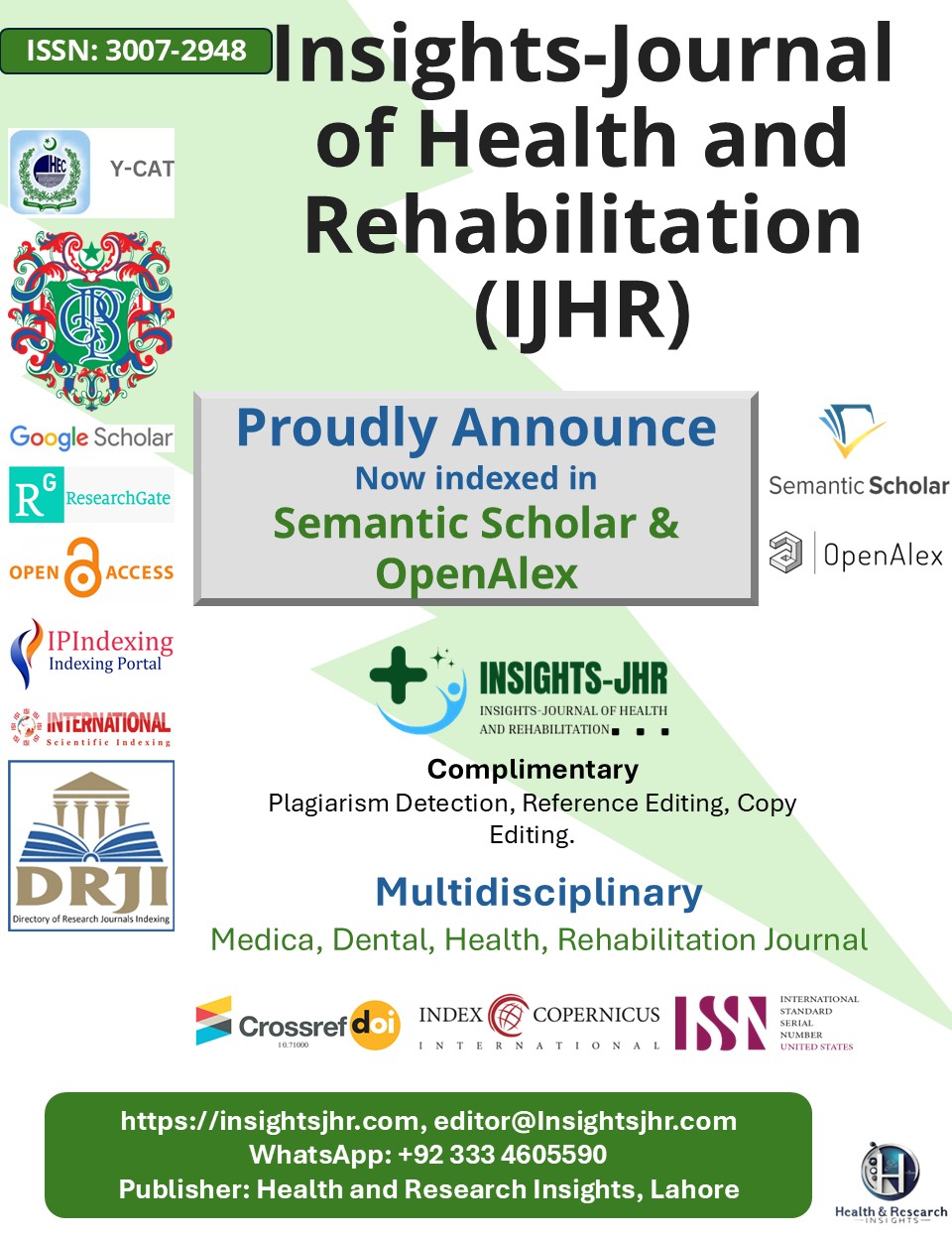USE OF HEMATOLOGY INDICATORS TO DIFFERENTIATE BETWEEN MALARIA AND DENGUE FEVER
DOI:
https://doi.org/10.71000/zpgexp96Keywords:
Malaria, Anemia, Hematologic Tests, Leukopenia, Malaria, Neutrophils, ThrombocytopeniaAbstract
Background: Malaria and dengue fever are the two most widespread arthropod-borne infections, especially in tropical and subtropical regions where their endemic zones often overlap. Their clinical resemblance in early stages complicates timely diagnosis, leading to inappropriate treatment decisions and contributing to antimalarial resistance. Identifying distinguishing hematological markers can support early diagnosis and guide targeted therapeutic strategies in resource-limited settings.
Objective: To aid in the early differentiation of malaria and dengue using hematological parameters, thereby minimizing unnecessary diagnostic testing and inappropriate administration of antimalarials.
Methods: This cross-sectional study was conducted at the Department of Pathology, Combined Military Hospital, Multan, from February 2022 to March 2024. A total of 250 patients were enrolled, including 150 malaria and 100 dengue cases. Malaria diagnosis was confirmed through microscopy of thick and thin Leishman-stained peripheral smears or rapid diagnostic tests, while dengue diagnosis was based on NS1 antigen or IgM antibody positivity via ICT method. Complete blood counts were analyzed using Sysmex XN-1000. Statistical analysis was performed using SPSS v26. The independent sample t-test and chi-square test were applied, with p < 0.05 considered significant.
Results: Among malaria cases, Plasmodium vivax was identified in 84% (n=126), P. falciparum in 12.7% (n=19), and mixed infection in 3.3% (n=5). In dengue patients, NS1 antigen was positive in 96% (n=96). Malaria patients had significantly higher WBC counts (median: 5.50 ×10⁹/L, IQR: 4.80–6.70) compared to dengue (3.60 ×10⁹/L, IQR: 2.82–4.50, p = 0.000). Conversely, dengue patients had higher RBC counts (4.87 ×10¹²/L, IQR: 4.55–5.31) and hemoglobin levels (14.0 g/dL, IQR: 12.50–14.80) than malaria patients (p = 0.000). NL ratio and ANC were significantly higher in malaria, while ALC and lymphocyte percentage were elevated in dengue.
Conclusion: Hematological profiling offers reliable support in the early differentiation of malaria and dengue. Leukopenia, lymphocytosis, hemoconcentration, and elevated RBC favor dengue, while neutrophilia, anemia, and high NL ratio suggest malaria.
Downloads
Published
Issue
Section
License
Copyright (c) 2025 Safia Sartaj, Saima Zahir , Qurrat-ul-Ain, Syeda Bint e Zahra, Rimsha Bashir (Author)

This work is licensed under a Creative Commons Attribution-NonCommercial-NoDerivatives 4.0 International License.







